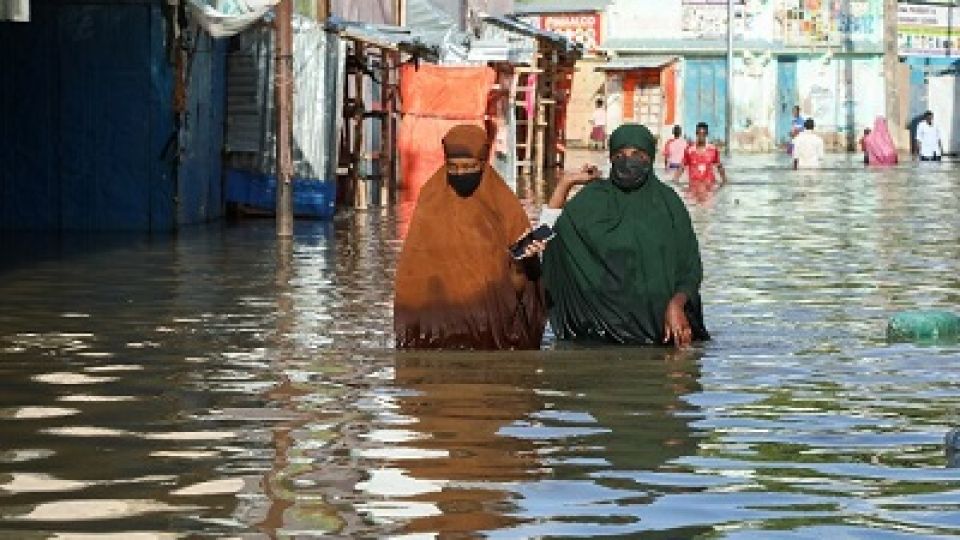from SAAD MUSE in Mogadishu, Somalia
Somalia Bureau
MOGADISHU, (CAJ News) – FLOODS have left 22 people dead in Somalia as the country in the Horn of Africa experiences its wettest season of the year.
The Gu rains have affected no less than 460 470 people, of whom nearly 219 000 have been displaced from their homes. They have been forced to abandon their homes and move to higher ground.
Flash and riverine floods have left a trail of destruction especially in Baardheere, Belet Weyne and Hirshabelle regions.
Floods have inundated homes and farmland, washed away livestock, temporarily closed schools and health facilities as well as damaging roads.
The Shabelle river has overflowed its banks, flooding Belet Weyne town and surrounding villages.
The United Nations Office for the Coordination of Humanitarian Affairs (UNOCHA) warned should heavy rains continue in Somalia and in the Ethiopian highlands, humanitarian partners estimate that flash and riverine floods could impact up to 1,6 million people and displace over 600 000 mostly in flood-prone areas along the Juba and Shabelle rivers and parts of Bay and Banadir regions.
“The rains could also exacerbate outbreaks of waterborne diseases,” a spokesperson said.
While deadly, excess rains are recharging surface water sources and enabling vegetation to regenerate, which is important for human and livestock survival, at a time when much of the country is reeling from the impact of the worst drought in East Africa in four decades.
Agricultural activities are poised to increase.
However, it will take much more rainfall to effectively alleviate the impact of the recent drought.
“Recovery from six consecutive seasons of poor rainfall performance will take time,” the humanitarian spokesperson stated.
A forecast by the Food and Agricultural Organisation (FAO) and Somalia Water and Land Information Management (SWALIM) indicates more moderate to heavy rainfall over several areas until Wednesday.
The drought and floods are both attributed to climate change.
– CAJ News

